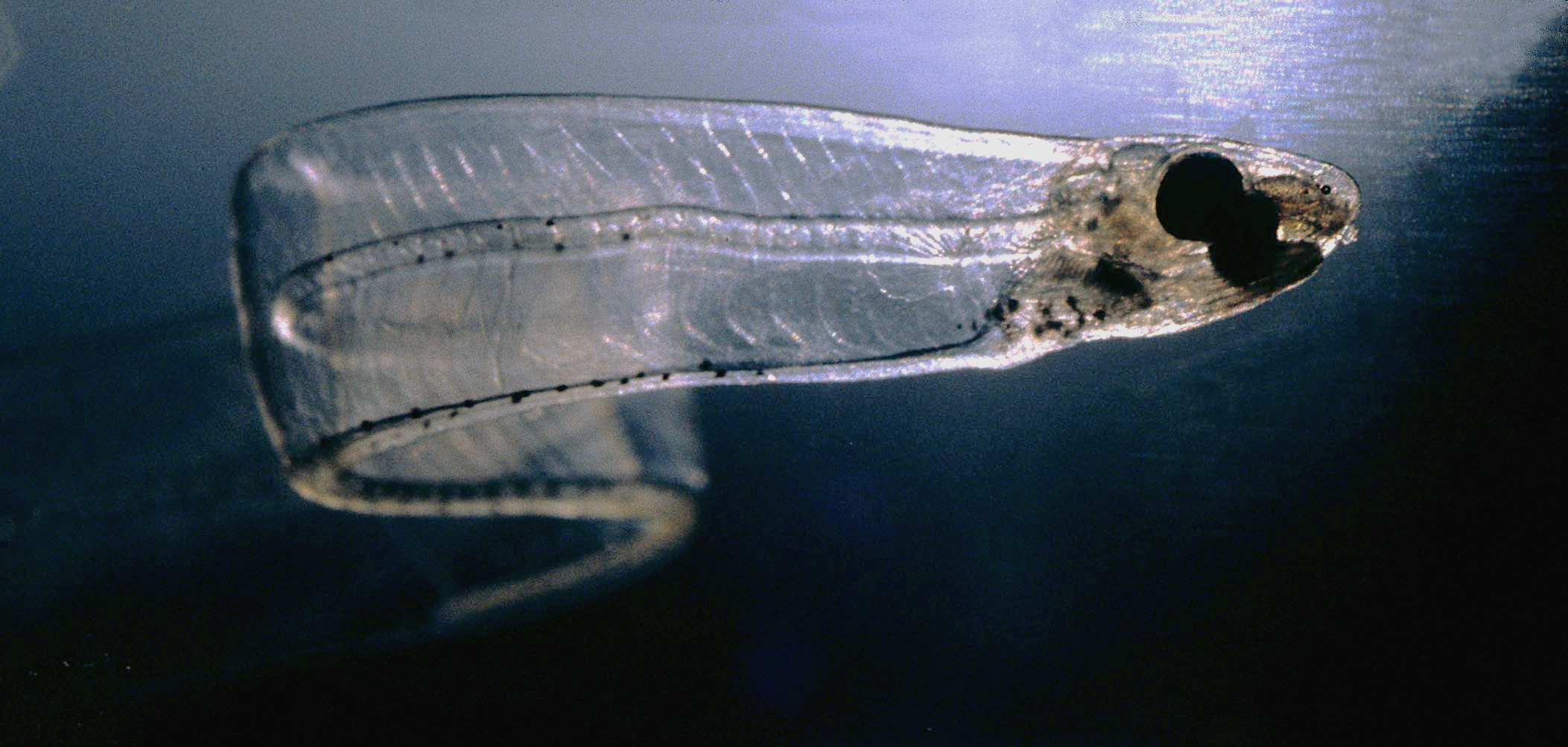Gorgasia Japonica on:
[Wikipedia]
[Google]
[Amazon]
''Gorgasia'' is one of the two genera that belong to the subfamily ''
 Adults will reproduce sexually with each other. When time for breeding, adults in genus ''Gorgasia'' will increase the density of their colonial living until their burrows begin to overlap one another. Males will compete for proximity to a female's burrow, often biting at each other's body and face and in rare instances mortally wounding one another.
Adults will reproduce sexually with each other. When time for breeding, adults in genus ''Gorgasia'' will increase the density of their colonial living until their burrows begin to overlap one another. Males will compete for proximity to a female's burrow, often biting at each other's body and face and in rare instances mortally wounding one another.
 Garden eels are
Garden eels are
Heterocongrinae
The garden eels are the subfamily Heterocongrinae in the conger eel family Congridae. The majority of garden eels live in the Indo-Pacific, but species are also found in warmer parts of the Atlantic Ocean (including the Caribbean Sea, Caribbean) ...
'' (common name: garden eels). This genus is classified by the behavioral pattern of burrowing 75% of their bodies in the sandy substrate they live in and protruding their upper body into the water current above, giving the appearance that they are planted into the ground (origin of common name). This protruding behavior serves a multipurpose functionality to their survival.
The first function serves as a method of collection of their prey. Most members of this genus prey on zooplankton floating in the passing current, while some species (i.e. '' G. hawaiiensis'') will prey on small fish eggs. The second function of the burrowing behavior allows for avoidance of predation. Whenever in the presence of a predator, most commonly the Pacific Snake Eel '' Ophicthus triserialis'', garden eels will retreat back into their burrows and hide. Similarly, during the night hours (non-light hours) when zooplankton populations are low, these eels will return to their burrows and cap them off while they sleep.
Other key characteristics of this genus includes colonial living species, sometimes with a density of up to 40 individuals in a meter-by-meter territory, as well as a metamorphosis stage between the egg stage and adulthood. Colonial living aides in evasion of predators and plays a vital role in their sexual reproduction.
Species
There are 14 species that make up the genus ''Gorgasia''. Each species is diverse in morphological patterning, hosting flat, spotted, freckled, and banded colorations, while still hosting some key defining morphology such as a short snout, large lips, large eyes, dagger shaped teeth, and a single fused anal, dorsal, and caudal ray fin. These species range in length from the shortest being around 40 cm and the longest around 120 cm and have a body cavity typically staying around 10 millimeters in diameter. The currently recognized species in this genus are:Habitat and geography
Reproduction and life span
 Adults will reproduce sexually with each other. When time for breeding, adults in genus ''Gorgasia'' will increase the density of their colonial living until their burrows begin to overlap one another. Males will compete for proximity to a female's burrow, often biting at each other's body and face and in rare instances mortally wounding one another.
Adults will reproduce sexually with each other. When time for breeding, adults in genus ''Gorgasia'' will increase the density of their colonial living until their burrows begin to overlap one another. Males will compete for proximity to a female's burrow, often biting at each other's body and face and in rare instances mortally wounding one another.
 Garden eels are
Garden eels are oviparous
Oviparous animals are animals that lay their eggs, with little or no other embryonic development within the mother. This is the reproductive method of most fish, amphibians, most reptiles, and all pterosaurs, dinosaurs (including birds), and ...
and practice external fertilization. This means that a female will expel her eggs into the surrounding substrate and they will be fertilized by the male secreting his sperm onto them. Then, when fertilized, eggs will float to the epipelagic zone of the continental shelf where they will mature and hatch into the larval stage of development called leptocephalus
Leptocephalus (meaning "slim head") is the flat and transparent larva of the eel, marine eels, and other members of the superorder Elopomorpha. This is one of the most diverse groups of teleosts, containing 801 species in 4 orders, 24 families, ...
. These larvae will be translucent, a camouflaging technique for the open ocean in order to avoid predation until they are able to mature more.
When almost one year of age, the juveniles will begin to form their morphological colorings and will swim to the benthic zone and build their burrows. At this point they are sexually mature and will begin the cycle over again. Although there is variability between the species of this genus, average longevity of life is estimated at 6 years of age for garden eels with the range spanning from 4 years to 10 years.
Scientific classification
References
* {{Taxonbar, from=Q2671966 Taxa named by Seth Eugene Meek Taxa named by Samuel Frederick Hildebrand